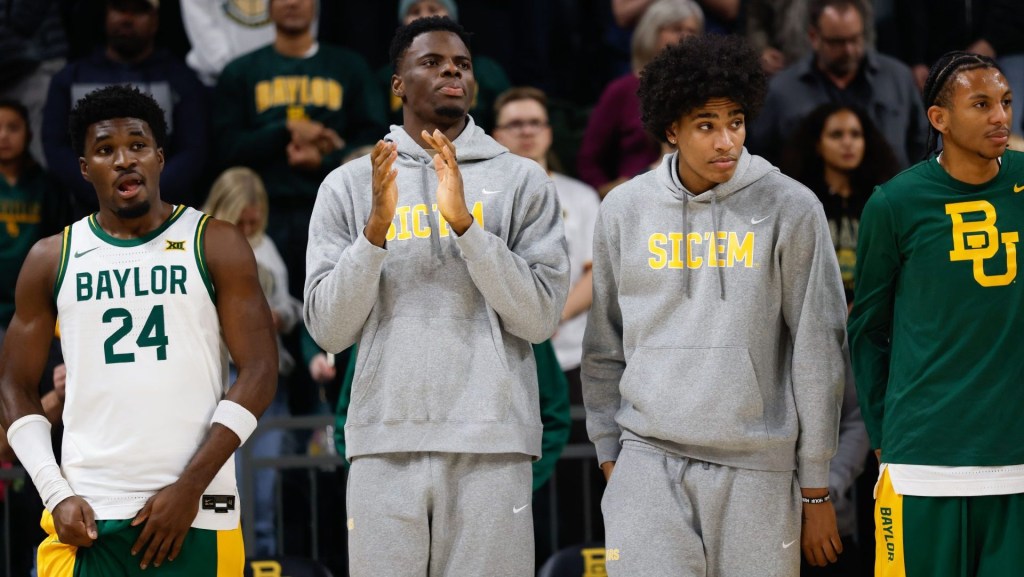Viewership skyrocketed for this year’s NCAA Division I women’s basketball tournament — continuing a multi-year trend of major growth.
The ratings show what’s possible when the tournament receives better resources and higher visibility, even as several systemic NCAA inequities continue to hold back its full potential.
Sunday night’s national championship between UConn and South Carolina drew 4.85 million viewers, peaking at 5.91 million, ESPN announced. That’s 18% more than last year, and 30% more than 2019 — making it the most-watched women’s championship since 2004. Even competing directly with the Grammys couldn’t hold ratings back.
The entire tournament, in fact, was a ratings bonanza. Average viewership for the entire tournament increased 16% compared with 2021.
- The Final Four semifinals averaged 2.7 million viewers, more than any semifinal since 2012. The entire Final Four averaged 20% more viewers than 2021.
- The early rounds saw 15% total growth compared with 2021, with the UConn-UCF game averaging more than 1 million viewers.
- Through the Elite Eight — itself the most-watched women’s Elite Eight since 2011 — viewership increased 11% compared with 2021.
- The women’s selection show also saw major growth: 160% over 2021, the most viewed show since 2005.
For early rounds, 2021 is the only comparable year, as it was the first time ESPN broadcast the entire tournament nationally.
The network called this year’s Final Four telecast its “most expansive” in history. It also gave the women’s selection show and the championship game new, prime-time slots.
The NCAA made changes too, finally allowing the tournament to use March Madness branding and play a First Four round. However, the NCAA still has systemic inequities to rectify — including negotiating a new media rights contract.
After winning the championship, South Carolina coach Dawn Staley praised ESPN’s coverage, but told the network: “You need some competition, some network competition. That’s what drives the money up.”
“We’ve arrived at a place where we can continue to grow.”

















